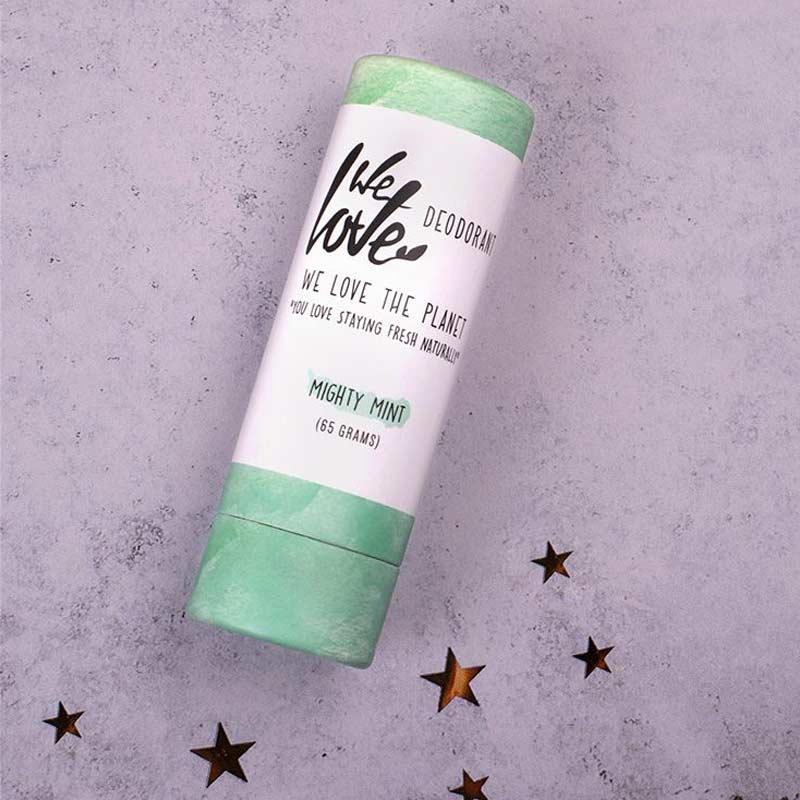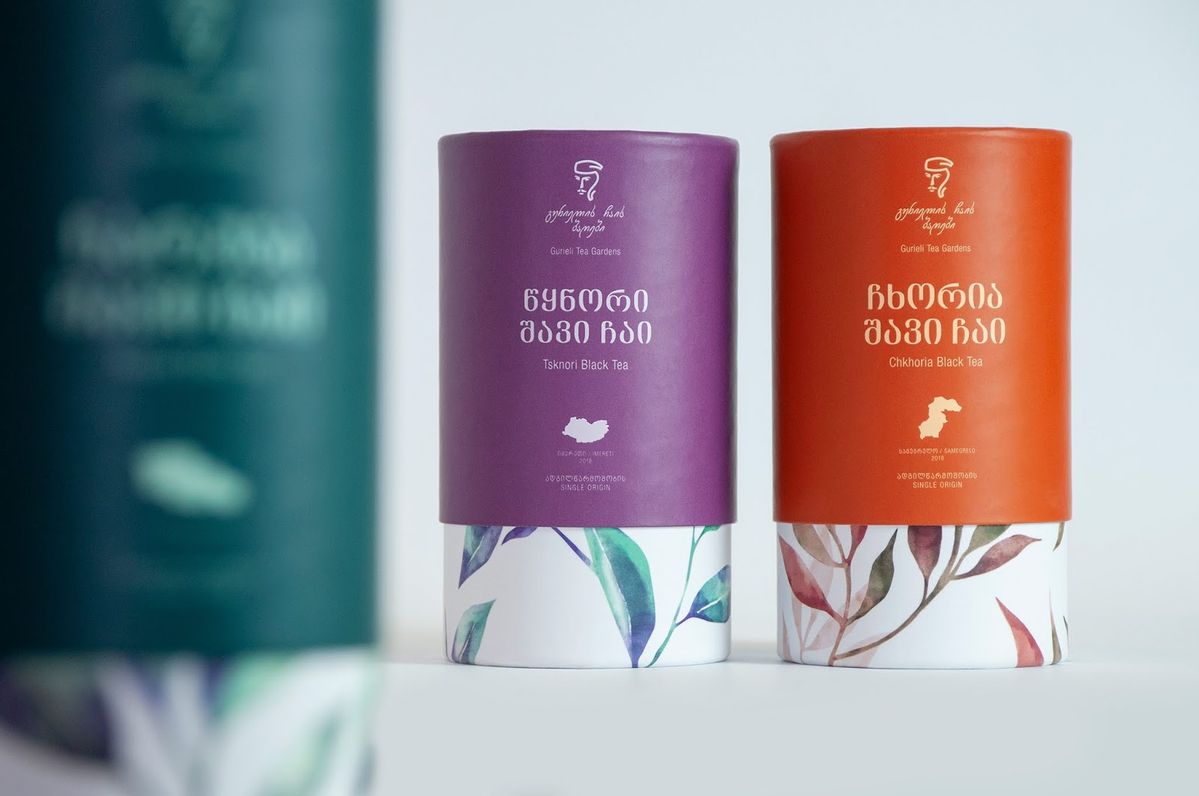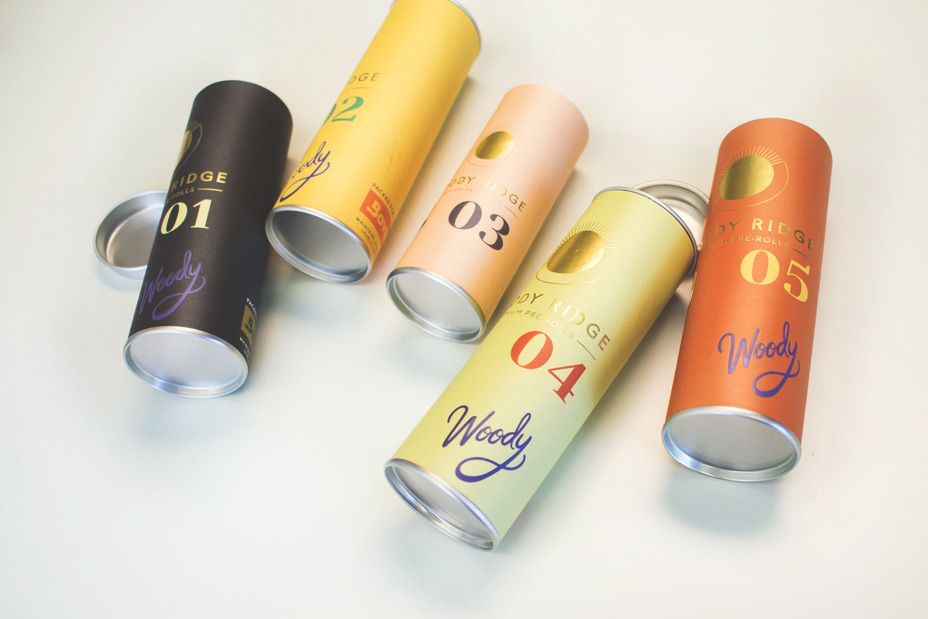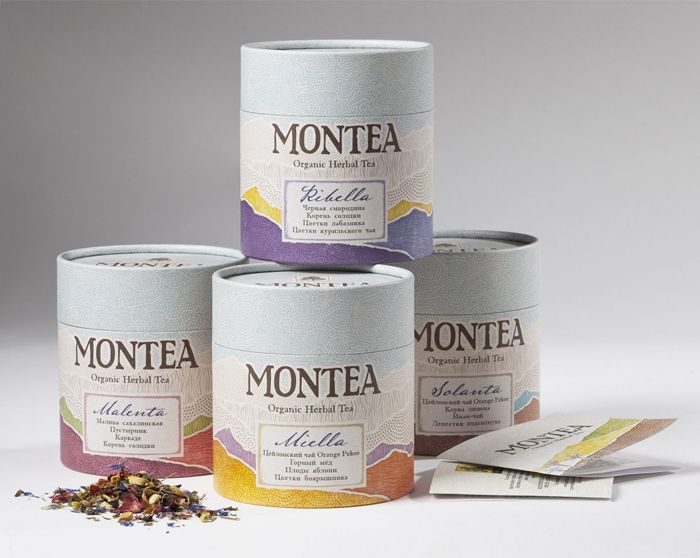Here’s something that might surprise you: 92% of packaging disasters – from crushed products to faded graphics to customer complaints – trace back to one simple mistake. Business owners chose the wrong paperboard grade for their specific needs.
Walk into any manufacturing facility, and you’ll see the evidence everywhere. Boxes that looked perfect in samples but failed during shipping. Beautiful graphics that turned muddy during printing.
Premium products sitting in packaging that screams “cheap” to customers. These aren’t random problems – they’re the predictable result of not understanding the 4 popular types of paperboard grades for packaging.
As a leading manufacturer in the paper tube packaging industry, we’ve seen this scenario play out countless times. Companies spend months developing amazing products, then sabotage their success by skimping on packaging material research.
They don’t realize that choosing between types of paper for packaging isn’t just about cost – it’s about protecting their entire investment.
The good news? Understanding these 4 popular types of paperboard grades for packaging can transform your business. Each grade solves specific challenges, and matching your needs to the right material means the difference between packaging that works and packaging that wows.
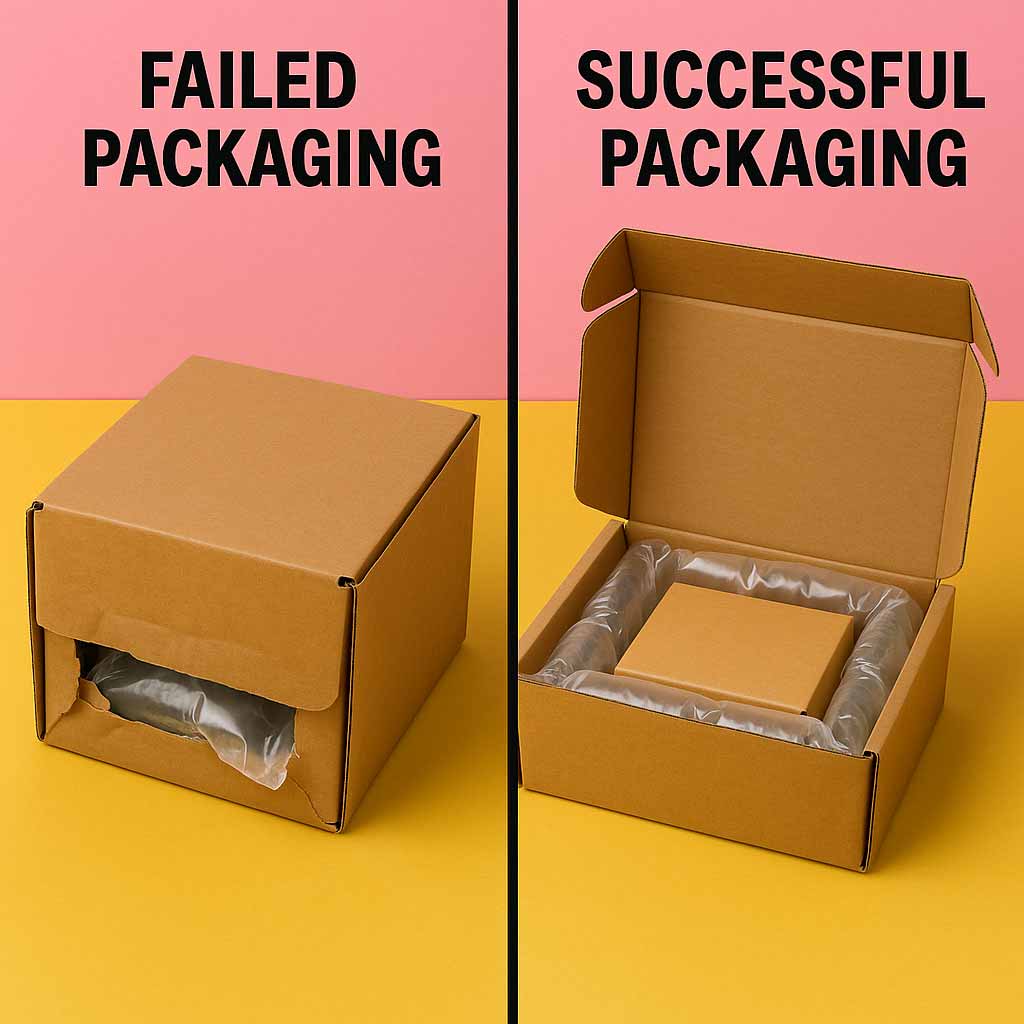
Why These 4 Paperboard Grades Dominate the Industry
Before diving into each of the 4 popular types of paperboard grades for packaging, let’s understand why these specific materials have risen to the top. In our decades of manufacturing custom paper tube packaging solutions, we’ve watched thousands of materials come and go. These four have survived because they each solve fundamental packaging challenges that businesses face every day.
What makes paperboard packaging the smart choice over alternatives? It’s simple – these paperboard types deliver the perfect balance of performance, cost, and environmental responsibility that modern businesses demand.
The 4 popular types of paperboard grades for packaging succeed because they address these core needs:
- Protection that works: Each paperboard type offers specific strength characteristics matched to different product requirements
- Graphics that sell: These types of paperboard provide printing surfaces that make products look their absolute best
- Costs that make sense: From budget-friendly options to premium grades, these types of packaging paper cover every price point
- Sustainability that matters: All four paper packaging types support responsible environmental practices that customers care about
At our paper tube packaging facility, we work with all these paperboard types daily. Each one has earned its place through proven performance across thousands of real-world applications.
The 4 Popular Types of Paperboard Grades For Packaging: Your Complete Guide
Grade #1: SBS Paperboard – The Premium Performance Leader
SBS paperboard (Solid Bleached Sulfate) stands as the undisputed champion among premium paperboard products. When you see luxury cosmetics, high-end electronics, or pharmaceutical products with stunning packaging, chances are you’re looking at SBS paper in action.
What is SBS paper exactly? It’s manufactured from 100% virgin wood fibers that undergo a specialized chemical bleaching process. This creates the brilliant white surface that makes SBS paper meaning synonymous with premium quality. The result is coated paperboard that delivers exceptional printing results every single time.
Why SBS paperboard dominates premium packaging:
In our paper tube manufacturing experience, SBS packaging consistently outperforms other materials for demanding applications. The smooth, consistent surface means colors pop with incredible vibrancy, and fine details reproduce with razor-sharp precision.
SBS paper stock excels in these critical applications:
- Luxury cosmetics and skincare products requiring pristine appearance
- Premium food items where package appeal drives purchase decisions
- Electronics packaging demanding both protection and shelf impact
- Pharmaceutical products requiring clean, professional presentation
The versatility of SBS box construction makes it ideal for complex packaging designs. Whether you need elegant paper carton solutions for retail display or protective packaging for shipping, this paperboard vs cardboard winner delivers consistent results.
Key performance advantages of SBS paperboard:
- Exceptional ink absorption creates vibrant, long-lasting colors
- Smooth surfaces accept special finishes like UV coating and foil stamping
- Superior structural integrity protects products during handling
- Premium appearance that enhances perceived product value

Grade #2: CUK Paperboard – The Sustainable Strength Champion
CUK paperboard (Coated Unbleached Kraft) represents something special in the packaging world – a material that looks authentically natural while delivering serious performance. This coated unbleached kraft solution has become the go-to choice for brands wanting to showcase environmental responsibility without sacrificing functionality.
What is paperboard that appeals to eco-conscious consumers? CUK provides the perfect answer. The natural brown color of coated unbleached kraft packaging instantly communicates sustainability values while providing excellent moisture resistance and printability.
Why CUK paperboard wins with environmentally conscious brands:
The distinctive appearance of packaging boards made from CUK creates immediate shelf differentiation. Unlike artificially colored alternatives, this carton material feels authentic and substantial – exactly what nature-loving consumers want to see and touch.
CUK paperboard shines in these growing markets:
- Organic and natural food products where authenticity matters
- Craft beverages and artisanal products targeting quality-conscious consumers
- Health and wellness products emphasizing natural ingredients
- Eco-friendly consumer goods positioning themselves as sustainable choices
The natural aesthetic of CUK packaging board creates instant brand recognition. Customers can spot products using this material from across the store, and the substantial feel in their hands reinforces quality perceptions.
Benefits that make CUK paperboard special:
- Natural brown color eliminates need for bleaching chemicals
- Outstanding moisture resistance protects contents in humid conditions
- Strong fiber structure provides excellent puncture resistance
- Exceptional printability despite unbleached surface characteristics

Grade #3: Chipboard – The Smart Economic Solution
Understanding paperboard vs chipboard differences helps businesses make informed decisions about cost-effective packaging. Chipboard vs cardboard and chipboard vs paperboard comparisons often favor chipboard when budget constraints matter more than premium appearance.
What is box board that maximizes value while minimizing cost? Chipboard delivers exactly that – an economical paper board solution manufactured from carefully processed recycled paper fibers. This thick paperboard provides reliable protection while keeping material costs manageable.
Why chipboard makes financial sense for many applications:
In our manufacturing experience, chipboard vs paperboard decisions often come down to application requirements. While chipboard may not offer the premium surface quality of virgin fiber paperboard products, it delivers dependable performance for functional packaging needs.
Chipboard excels in these practical applications:
- Shipping containers and protective packaging where appearance isn’t critical
- Product backing and structural support applications
- Industrial packaging requiring basic protection at minimum cost
- Budget-conscious retail packaging for price-sensitive products
The cardstock vs cardboard debate often overlooks chipboard’s real strengths. This material may not win beauty contests, but it consistently delivers reliable performance when cost control is paramount.
Chipboard advantages that matter to business owners:
- Lowest material cost per square foot among paperboard options
- Manufactured from recycled content supporting circular economy principles
- Adequate strength characteristics for many packaging applications
- Easy recyclability after use extends environmental benefits

Grade #4: Kraft Paperboard – The Versatile All-Star
Kraft paper types encompass the broadest range of paper material types available in the packaging industry. Understanding types of kraft paper helps businesses select optimal solutions for diverse product requirements across multiple industries.
Solid unbleached sulfate (SUS) represents the premium end of kraft paper types, offering natural appearance combined with exceptional strength characteristics. This paper board material appeals to brands wanting authentic, earthy packaging aesthetics without compromising protection.
Why kraft paperboard offers unmatched versatility:
The different types of cardboard category often includes kraft options, but true kraft paperboard definition emphasizes the unique sulfate manufacturing process that creates superior fiber bonding and strength characteristics.
Kraft paperboard applications span multiple industries:
- Food service packaging and takeout containers requiring grease resistance
- Shopping bags and carrying solutions demanding tear resistance
- Industrial wrapping and protective materials for heavy products
- Artisanal and craft product packaging emphasizing handmade aesthetics
The strength characteristics of kraft paperboard make it ideal for applications requiring puncture resistance and tear strength. Many paper tube packaging applications benefit from kraft’s exceptional durability.
Kraft paperboard benefits that solve real problems:
- Outstanding tear and puncture resistance protects contents during rough handling
- Natural brown color requires no chemical bleaching processes
- Excellent printability accepts inks and coatings beautifully
- Strong environmental credentials appeal to sustainability-conscious customers

Understanding What Makes Each of the 4 Popular Types of Paperboard Grades For Packaging Special
The Manufacturing Science Behind Each Grade
How is paperboard made differently for each of these four popular grades? The manufacturing process variations explain why certain paperboard examples excel in specific applications while struggling in others.
Paper and paper board production for each grade involves distinct approaches:
SBS Manufacturing Process:
- Virgin hardwood and softwood fibers provide strength and smoothness
- Chemical pulping removes lignins while preserving fiber length
- Multi-stage bleaching creates pure white color
- Coating application enhances printability and surface smoothness
CUK Manufacturing Process:
- Unbleached kraft pulp maintains natural brown color
- Chemical processing preserves fiber strength
- Specialized coating provides printability while maintaining natural appearance
- Moisture-resistant treatments enhance performance characteristics
Chipboard Manufacturing Process:
- Recycled paper fibers from various sources
- Mechanical pulping breaks down existing paper products
- Fiber cleaning removes contaminants and inks
- Sheet formation creates dense, uniform structure
Kraft Manufacturing Process:
- Sulfate pulping process creates exceptionally strong fibers
- Unbleached processing maintains natural color and strength
- Various coating options enhance specific performance characteristics
- Quality control ensures consistent strength properties
The grades of paper classification system helps manufacturers and customers communicate these specifications clearly. Understanding these paper grades chart differences explains performance variations between materials.
Performance Characteristics That Matter
Paperboard vs cardboard comparisons often focus on structural differences, but understanding performance characteristics helps select the right material for specific applications. Is paperboard the same as cardboard? The answer depends on how you define each term and what performance requirements matter most.
Different types of cardboard typically feature corrugated construction, while paperboard vs cardstock represents solid sheet materials with varying thickness and surface treatments. These distinctions directly impact real-world performance.
Critical performance factors include:
- Thickness measurements: Points and GSM ratings indicate structural strength
- Surface characteristics: Smoothness affects print quality and appearance
- Moisture resistance: Coating and fiber treatments determine durability in humid conditions
- Structural integrity: Tear and puncture resistance protect contents during handling

Why These 4 Popular Types of Paperboard Grades For Packaging Lead Environmental Innovation
Sustainability Advantages That Matter to Modern Consumers
Paper as packaging material offers compelling environmental advantages that resonate with today’s eco-conscious customers. Unlike synthetic alternatives, paper product packaging supports forest management practices that actually benefit ecosystems when managed responsibly.
Paper packaging for products provides measurable environmental benefits:
- Carbon sequestration: Growing trees absorb CO2 from atmosphere during growth phases
- Renewable resources: Properly managed forests regenerate naturally while supporting biodiversity
- Biodegradable disposal: Quality paper board breaks down naturally without harming soil or water
- Energy recovery potential: Controlled incineration captures energy while eliminating waste
The packaging types comparison consistently favors paper-based solutions when considering complete lifecycle environmental impact. Smart brands leverage these advantages in their marketing and customer communications.
Recycling Infrastructure and Circular Economy Integration
Packing material paper will blend seamlessly into the existing recycling infrastructure, while multi-layered plastic packaging is often embedded in landfills due to its complexity. Nearly all paper packaging board products can be recycled a number of times until fiber breakdown renders the material unprocessable.
Paper board recycling provides these measurable advantages:
- Established systems: Collection and processing infrastructure already exists worldwide
- High-value recovery: Recovered fibers produce new products with minimal quality loss
- Resource conservation: Recycling reduces demand for virgin fiber resources
- Lower environmental footprint: Recycled content production requires less energy and water

Selecting the Perfect Grade from the 4 Popular Types of Paperboard Grades For Packaging
Matching Material Properties to Application Requirements
Understanding what is paperboard used for in different industries helps businesses make informed material selections. Each of the 4 popular types of paperboard grades for packaging excels in specific applications, and matching requirements to capabilities ensures optimal results.
Material selection considerations for each grade:
For SBS Paperboard:
- Products requiring premium visual presentation
- Applications demanding excellent print quality
- Items needing smooth surface for special finishes
- Brands positioning themselves as luxury or high-quality
For CUK Paperboard:
- Products emphasizing natural or organic positioning
- Applications requiring moisture resistance
- Items targeting environmentally conscious consumers
- Brands wanting authentic, sustainable appearance
For Chipboard Solutions:
- Cost-sensitive packaging applications
- Industrial or shipping container needs
- Products where appearance isn’t critical
- Applications requiring basic protection at minimum cost
For Kraft Paperboard:
- Products needing exceptional strength characteristics
- Applications requiring tear and puncture resistance
- Items targeting artisanal or handcrafted positioning
- Brands emphasizing durability and reliability
The material of box decision impacts everything from production costs to customer satisfaction. Taking time to understand these relationships pays dividends in long-term business success.
Professional Guidance for Optimal Results
Paper and packaging board selection often benefits from expert consultation, especially for complex applications or new product launches. As a leading paper tube packaging manufacturer, we understand how different types of paper names translate into real-world performance across diverse applications.
Professional consultation provides:
- Material testing services: Validate performance with actual products under real conditions
- Cost optimization strategies: Balance material costs with performance requirements
- Compliance guidance: Navigate regulatory requirements for food, pharmaceutical, and other regulated industries
- Supply chain optimization: Establish reliable vendor relationships and quality control systems
The Future of the 4 Popular Types of Paperboard Grades For Packaging
Innovation Driving Enhanced Performance
The popular packaging trend toward sustainability drives continuous innovation in paper board packaging solutions. Manufacturers invest heavily in developing enhanced versions of these 4 popular types of paperboard grades for packaging that offer improved performance while maintaining environmental benefits.
Emerging innovations include:
- Advanced barrier coatings: Bio-based alternatives to plastic liners
- Nano-technology applications: Enhanced strength properties without thickness increases
- Smart packaging integration: Digital components integrated with paper substrates
- Specialized surface treatments: Improved moisture, grease, and chemical resistance
Market Trends Favoring Paper-Based Solutions
What is paper packaging becoming in response to evolving consumer demands? It’s transforming into sophisticated solutions that match or exceed synthetic packaging performance while maintaining clear environmental advantages.
Market research consistently shows that packaging board solutions gain market share as consumers become more environmentally conscious. This trend particularly benefits companies serving nature-loving demographics in developed markets across North America, Europe, and Australia.

Making Smart Decisions About the 4 Popular Types of Paperboard Grades For Packaging
Cost-Benefit Analysis Framework
Evaluating different types of paper requires considering total cost of ownership rather than just initial material costs. Each of the 4 popular types of paperboard grades for packaging offers different value propositions depending on specific application requirements.
Total cost analysis includes:
- Material costs: Per-unit pricing varies significantly between grades
- Processing expenses: Different grades require different converting and printing approaches
- Transportation efficiency: Weight and bulk characteristics affect shipping costs
- Storage requirements: Some grades need climate-controlled environments
- End-of-life costs: Disposal and recycling expenses vary by material type
- Brand value impact: Premium materials can justify higher product pricing
Implementation Strategy for Success
Successfully transitioning to optimal paper packaging material requires careful planning and phased implementation. Companies should start with pilot programs to validate performance before committing to large-scale changes.
Recommended implementation steps:
- Product testing: Evaluate each potential grade with actual products under real conditions
- Supply chain assessment: Verify vendor capabilities and quality control systems
- Design optimization: Modify packaging designs to maximize material advantages
- Marketing preparation: Develop customer communications highlighting sustainability benefits
- Performance monitoring: Track results and customer feedback throughout transition
Transform Your Packaging Strategy Today
As the packaging landscape has drastically evolved, successful businesses have made it known that selecting among these 4 popular types of paperboard grades for packaging is about far more than just material choice, but also about strategic brand positioning moving forward.
Both NATURE-CONSCIOUS and FUNCTIONAL BY NATURE consumers will benefit from your choice of paperboard. Whether you are introducing a new product or reassessing your existing packaging strategies, acquaint yourself with these four crucial grades for the most intelligent business decisions.
As a leading paper tube packaging manufacturer serving customers worldwide, we’ve seen firsthand how the right material choice transforms businesses. All 4 of these popular types of paperboard grades for packaging have their individual attributes, requiring you to know what your project needs will be paired with the best material for a successful run and happy customer down the line.
A strategic choice about the right paperboard can help your brand to get that unique market position of high-quality products. There are expert resources available to guide you through the processes of material selection, design optimization and implementation strategies that work. Do not overlook the fact that packaging is a great opportunity to reach customers who are more eco-friendly today and who are increasingly influencing purchasing decisions.
Choosing from the top 4 paperboard grades for packaging puts your brand as an industry leader while providing the protection, performance and visual value that your product requires.

